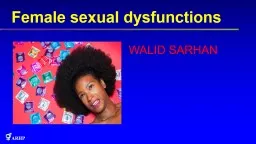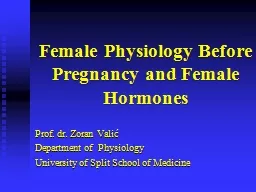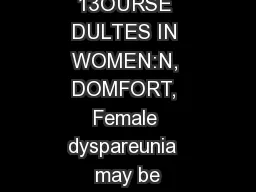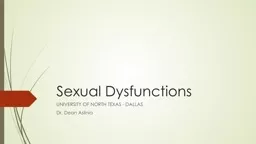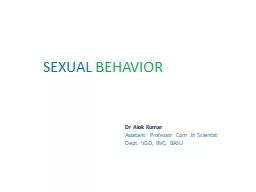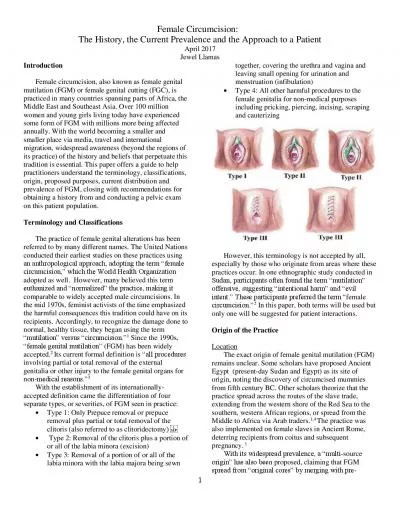PPT-Female sexual dysfunctions
Author : lois-ondreau | Published Date : 2018-11-09
WALID SARHAN A Brief History Psychoanalytic approach sexual problems were linked to unresolved unconscious conflicts during specific developmental periods Rise
Presentation Embed Code
Download Presentation
Download Presentation The PPT/PDF document "Female sexual dysfunctions" is the property of its rightful owner. Permission is granted to download and print the materials on this website for personal, non-commercial use only, and to display it on your personal computer provided you do not modify the materials and that you retain all copyright notices contained in the materials. By downloading content from our website, you accept the terms of this agreement.
Female sexual dysfunctions: Transcript
Download Rules Of Document
"Female sexual dysfunctions"The content belongs to its owner. You may download and print it for personal use, without modification, and keep all copyright notices. By downloading, you agree to these terms.
Related Documents

